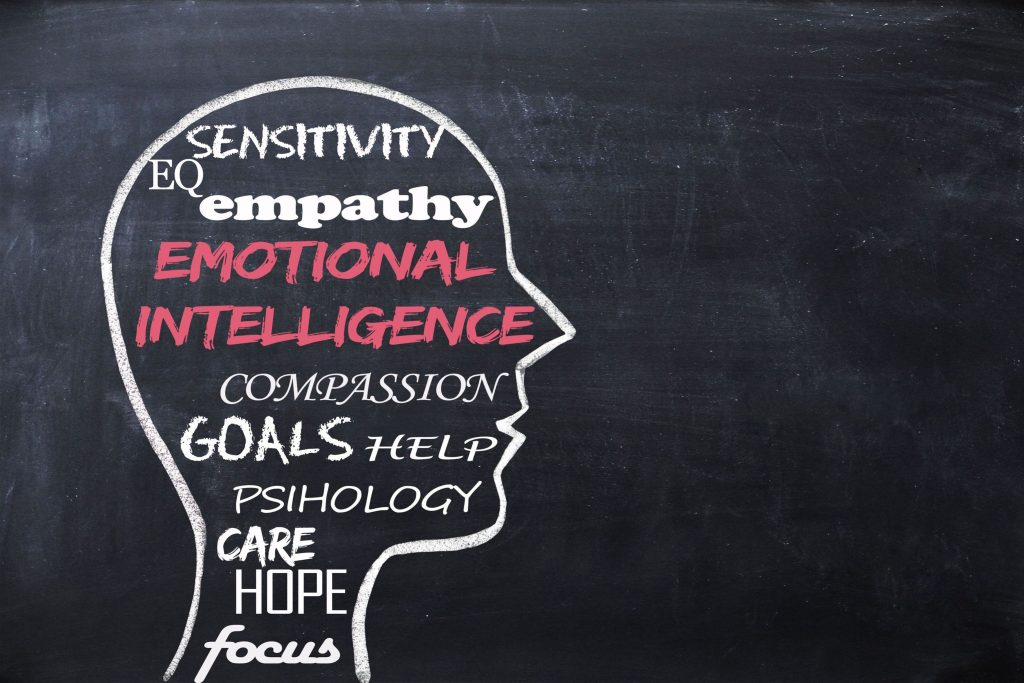How should Teachers Assess EI in Schools?

People with Emotional Intelligence possess the ability of self-awareness and being able to manage emotions. EI was made popular in the 1990s by journalist Daniel Goleman. Goleman wrote a book entitled “Emotional Intelligence: Why It Can Matter More Than IQ”. Emotional intelligence, EI or EQ, is having self-control, feeling empathy towards others’ feelings or emotions, motivating oneself, and being able to adjust in order to have harmonious relationships with others. It has become an important aspect for a person to be able to foster good relationship skills, whether it’s in their personal relationships or in the workplace. More and more corporations are realising the importance of EI and driving these skills in their employees, since high EI contributes to an increase in their productivity and effectiveness at work.
But does cultivating EI from childhood and youth play a critical role in displaying it later in adulthood? It is recognised that starting early with the right skills can contribute to a well-adjusted adult in the future. Thus, developing a high EI or EQ during the formative years will lead to strong foundations of self-awareness and empathy, which makes for harmonious and healthy relationships. Nurturing both the cognitive or IQ, and their EQ’s will make children both successful in their grades as well in their behaviours.
How can teachers assess this important ability in the schools? The Mayer-Salovey-Caruso Emotional Intelligence Test (MSCEIT) is an EI ability test that measures the four EI branches model attributed to Dr. Jack Mayer and Dr. Peter Salovey. The MSCEIT was developed from a scientific approach on understanding emotions and its associated function. It was also derived from the first EI ability measure, the MEIS or Multi-factor Emotional Intelligence Scale, which assesses EI. It was the result of many years of research and study on EI.
The MSCEIT consists of 141 items and will take the individual about 30 to 45 minutes to complete. It gives 15 main scores comprising the total EI score, two area scores, four branch scores, and eight task scores, plus three supplemental scores. These scores are normed or standardised, and scaled for comparison, in order to interpret the results. It is usually administered for people ages 17 and up.
The MSCEIT assesses and measures EI based on the four branches of emotional intelligence, based on the theory of Dr Mayer and Dr Salovey:
Experiential Emotional Intelligence:
- Perceiving Emotions is the ability to identify and recognise emotions in oneself.
- Facilitating Thought is the ability to use emotions to generate emotions and communicate these or use these for other thinking processes.
Strategic Emotional Intelligence:
- Understanding Emotions is the ability to understand intricate emotions and its related “chains”, and how these emotions combine and transition to the next.
- Managing Emotions is the ability to manage one’s feelings and to open these up to others so as to bridge understanding and personal growth.
It is observed that people who score high on the MSCEIT are more likely to be agreeable, open, and conscientious. Also, people who score high on the Facilitating Thought or Using Emotions branch would likely choose jobs that help people. People who score high on Understanding Emotions are more likely to choose defensive mechanisms that are more adaptive, rather than less adaptive ones, such as denial.
You can reach out to Carrie Benedet if you want to know more about emotional intelligence and how it contributes to one’s success here.




Responses